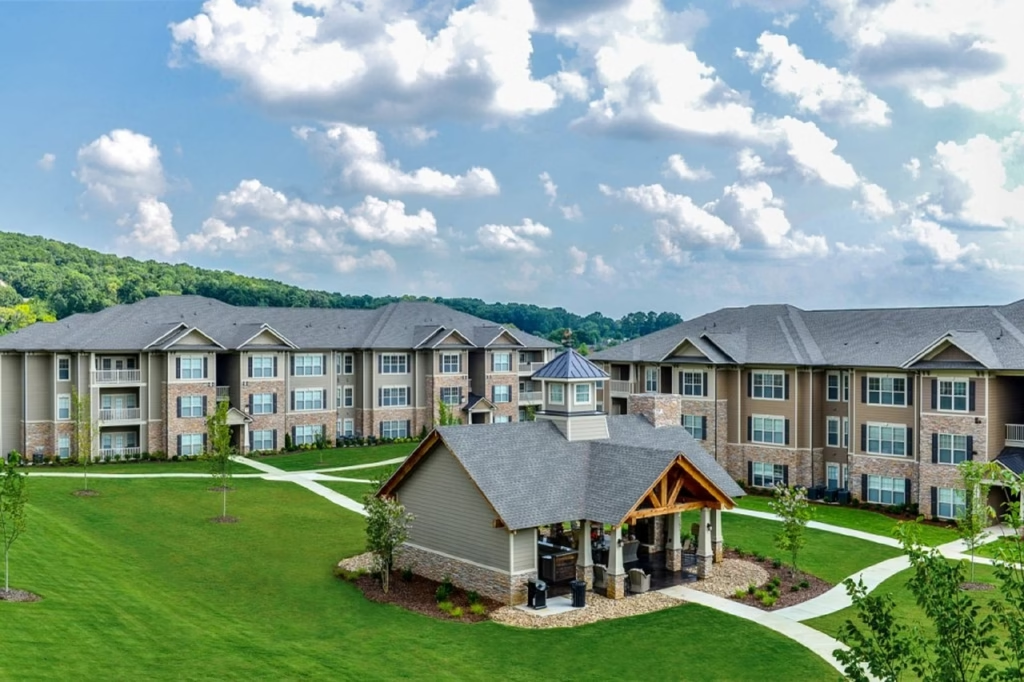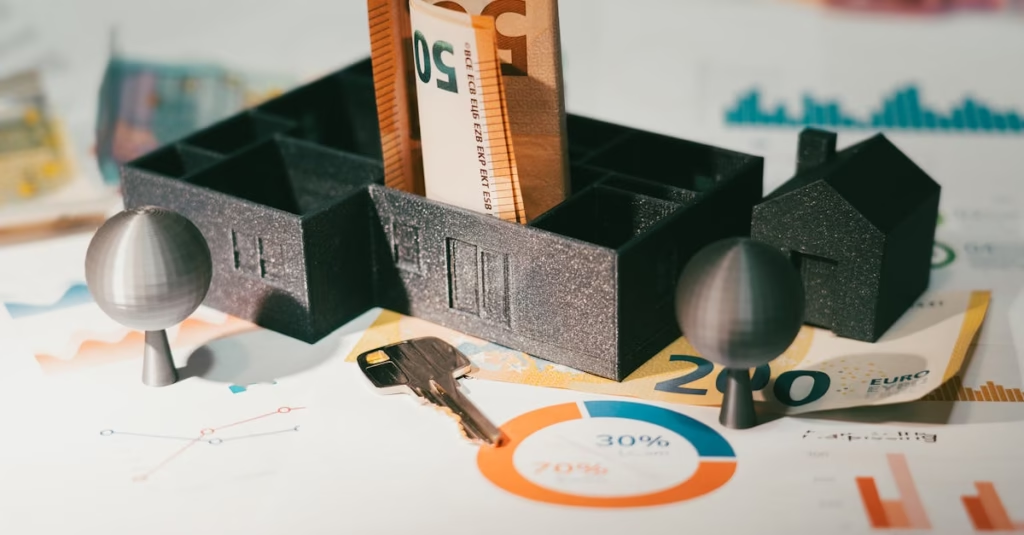Australia’s Build-to-Rent (BTR) sector has surged past $30B, reshaping the property market with record projects, government incentives, and strong rental demand. For investors, this is more than a trend it’s a structural shift offering income stability, growth potential, and first-mover advantages in Australia’s next property revolution.
show moreAustralia’s property market just hit a turning point. The Build-to-Rent (BTR) sector has cracked $30 billion, with over 39,000 apartments in the pipeline. That’s 41% growth in a single year.
Let’s be clear: this isn’t a “trend.” It’s a structural shift. Institutional money, government policy, and a housing crisis have collided to create one of the biggest investment waves we’ll see this decade.
And the question for you, as a property investor, is simple:
👉 Are you positioning yourself to ride it, or will you watch it pass you by?
The Numbers You Can’t Ignore
- 113 projects underway nationwide
- 8,000+ apartments under construction, half completing in 2025
- $2.9 billion GDP contribution + 17,000 jobs projected by EY
This isn’t hype—it’s a multi-year build-out that’s reshaping Australian housing supply.

What’s Driving the Boom?
1. Government Policy = Green Light for Capital
The Federal Government slashed withholding tax, streamlined approvals, and introduced CGT concessions for BTR. Add in the $10 billion Housing Australia Future Fund, and suddenly BTR is the investment darling policymakers want to succeed.
2. Institutional Capital Floods In
Super funds, global pensions, and REITs are piling in. Salta Properties alone has committed $3 billion. When the “smart money” makes moves this big, you know it’s not speculative—it’s structural.
3. Australia’s Housing Crunch
Rising prices, record migration, and undersupply mean renting isn’t a stopgap anymore—it’s a lifestyle. BTR answers that demand with better amenities, pro management, and long-term rental certainty.
Where’s the Action?
- Victoria: Still the leader, with Melbourne absorbing major capital.
- Sydney: The new hotspot, supercharged by NSW planning reforms.
- Queensland, WA, SA: Catching up fast as state governments compete for institutional dollars.
Why This Matters for Investors Like You
Here’s the play:
- Yield Advantage: BTR commands 10–20% rental premiums over traditional rentals.
- Capital Growth: Institutionalization = higher valuations and portfolio premiums.
- Risk Management: Diversified tenant base + pro management = steadier returns.
Think of BTR as the blue-chip version of residential property.

But Let’s Get Real—It’s Not All Roses
- Construction costs are biting.
- Planning approvals can stall timelines.
- Oversupply risk exists in poorly chosen pockets.
This is why precision matters. You don’t just “buy into BTR.” You need to know which corridors, which developers, and how it fits into your broader portfolio.
The Strategic Investor’s Move
If you’re serious about building long-term wealth, here’s what to do:
- Understand BTR’s impact on traditional property markets—because it will raise the bar for what tenants expect.
- Diversify into funds or syndicates aligned with experienced platforms—get access without shouldering the full dev risk.
- Position your traditional investments near BTR hotspots—rising demand for amenities and services spills over.
Final Word: Don’t Sit This One Out
BTR isn’t a fad. It’s a $30B milestone on the way to a $50B+ sector by 2030.
The investors who act early, with the right strategy, won’t just benefit from stronger yields—they’ll own a piece of Australia’s next property revolution.
The only question is: where do you want to be when BTR goes mainstream?
👉 Ready to explore tailored BTR strategies and uncover the corridors positioned for asymmetric growth? Let’s talk. Book a Meeting
show less